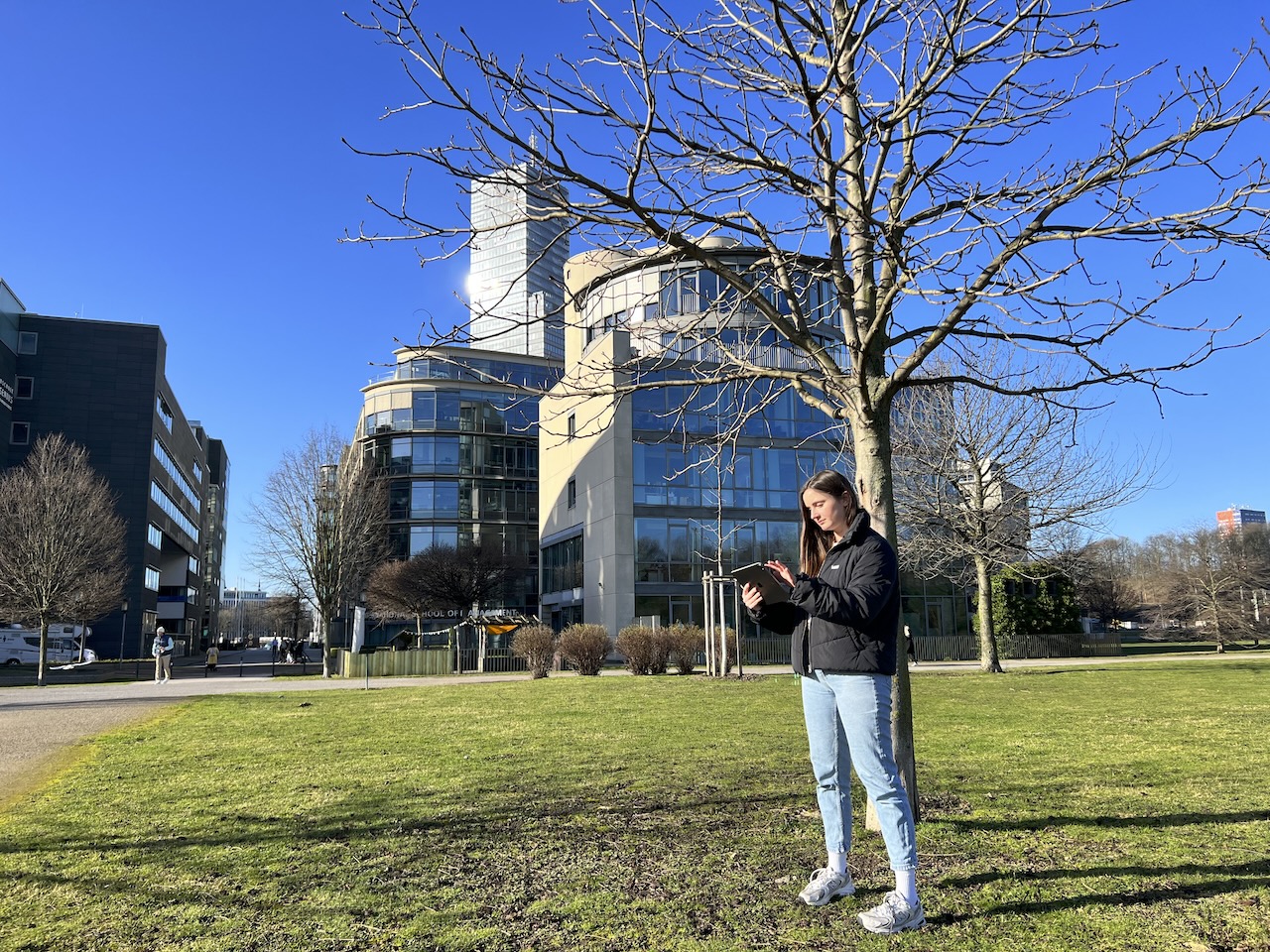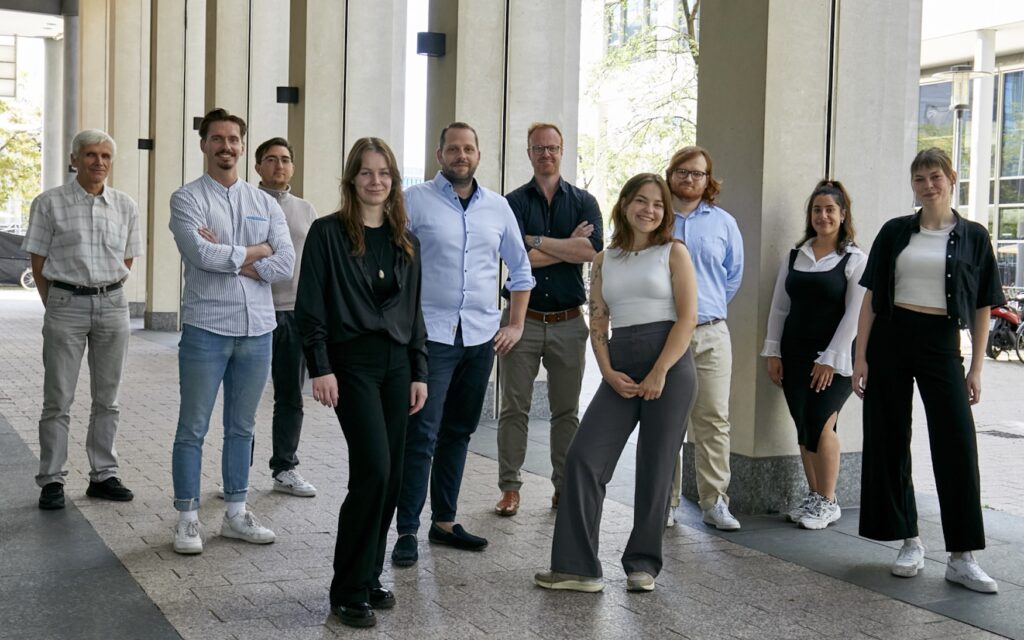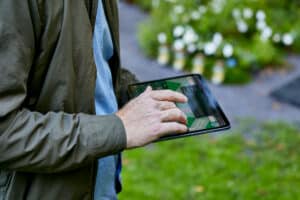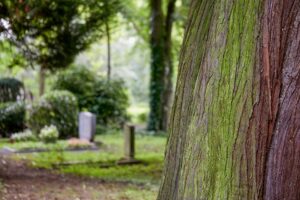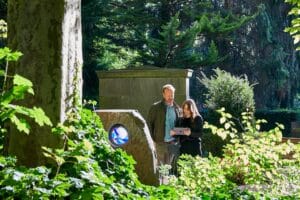With pg_baum and pg_grün, the Cologne-based company pbsgeo offers a software package with which entire facilities can be viewed holistically and thus managed economically.
From an administrative point of view, parks and communal recreational areas are infrastructural facilities on which various investment objects are combined, such as:
- Green spaces,
- paths,
- trees,
- buildings,
- art objects,
- playground equipment, etc.
As different as the properties are, they have one thing in common: they all require administrative effort for long-term maintenance. However, each type of property requires different administrative processes, which should be mapped as digitally as possible in terms of the division of labor. Trees, especially in the area of public facilities, must be considered separately with regard to maintenance and monitoring. This is because unrecognized damage and care deficiencies can lead to a direct impairment of traffic safety. If, for example, falling branches cause damage to property or injury to persons, this can lead to serious legal consequences for the administration. To counteract this liability risk, systematic monitoring and maintenance must be carried out. Legally compliant documentation is essential. How this can be achieved in practice is explained below using the example of pg_baum.
The initial recording
In order to record trees as accurately as possible, the tree is recorded in the correct position in pg_baum with the assigned, unique tree number. In addition to the location, basic tree data is first recorded and stored in the application during the initial recording. This involves information about the tree:
- Tree species and genus,
- tree height,
- crown diameter,
- trunk circumference,
- Growth phase with estimated age,
- tree condition.
All stored catalogs and lists can be customized.

Carrying out tree inspections in accordance with FLL guidelines
The guideline of the Forschungsgesellschaft Landschaftsentwicklung Landschaftsbau (FLL) systematizes the implementation of tree inspections and creates legal certainty. In pg_baum, the tree inspections are stored in accordance with the FLL, so that the trees in the field can be addressed and inspected using a mobile map application (Android or iOS). The user is guided intuitively through the inspection areas and can use the app to
document damage and anomalies, including with a photo if necessary. According to the guidelines, tree inspections are to be carried out at intervals of one year to three years, depending on the ageing phase of the tree. Within a period of three years, the inspections should be carried out at least once in leafy and once in leafless condition. If no damage, disease or other abnormalities are detected during the tree inspection, a resubmission is automatically created according to the predefined interval.
predefined interval is automatically created.
Initiation of measures
In the event that defects are identified during the tree inspection, measures can be created as tasks in the app as soon as the inspection is completed. If the defect affects road safety, the task can be given a high priority. The integrated task management can, with predefined workflows and delegation to specific people or groups of people
map the administrative workflows. It can also be used to integrate external specialist companies and annual contractors into the administration’s workflows as required.
Documentation and evaluations
All checks are stored in a legally compliant database and cannot be revised after a predefined period of time. The recorded data can be exported to Excel and evaluated there for further analysis. Graphical evaluations visualize, for example, the percentage distribution of trees with and without defects. This evaluation can also be output as graphs over successive years.
over successive years. This allows the change in the quality of the tree population to be visualized over the years.
Integration of pg_baum and pg_grün
Through the interaction of the pg_baum and pg_grün applications, systems can be viewed holistically. All objects are grouped on the system and can be interlinked with regard to the area evaluations. For example, green areas are automatically reduced in size when new objects are created on these areas. The result is a daily updated area balance. For the maintenance of green areas, for example mowing work, an analysis can be carried out according to area size so that the right mowing tool can be used depending on the size.
Conclusion
- pg_baum and pg_grün help administrations to improve the care and maintenance of
of municipal green spaces. - Integrated task management systematizes maintenance, helps to set priorities and thus leads to increased efficiency in administration.
administration. - The documentation of tree inspections and maintenance measures improves legal
legal certainty for the administration.
Source: taspo.de/baumzeitung, August 4/2023, page 57
